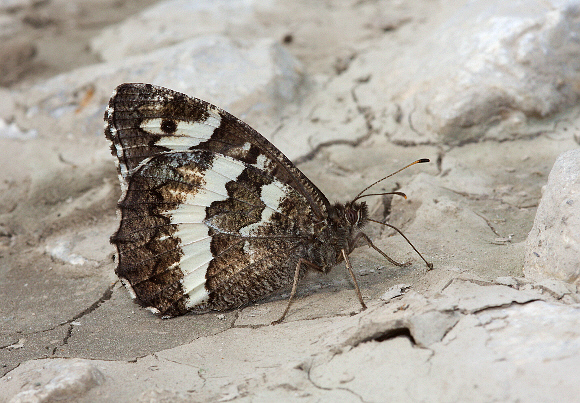 Brintesia circe, Hor valley, Hungary – Peter Bruce-Jones
Brintesia circe, Hor valley, Hungary – Peter Bruce-Jones
Introduction
Brintesia is a genus which could be regarded as a taxonomical nightmare. Some workers regard it as comprising of a single species circe. Others include within it those taxa normally placed in Erites, Chazara and Kanetisa, which together swell the total number to 89 valid species. Here I follow the traditional treatment in which these are distinct genera, with circe as the sole Brintesia species.
Brintesia circe is a widespread and common species found across southern Europe and east to Iran and the foothills of the Himalayas.
Habitats
This species can be found in almost any dry grassy habitat ranging from coastal dunes to sub-alpine hay meadows and pastures, but is most abundant on plains and plateaux where there are extensive areas of hot open ground where grasses grow sparsely. It occurs at elevations between sea level and about 1800m.
Lifecycle
The eggs are dropped randomly over grasses while the female is in flight. The larva is crepuscular in behaviour, feeding on Festuca, Bromus, Sesleria, Lolium and Anthoxanthum ( Poaceae ), When small the larva eats the finer grasses, and progresses to coarser species as it matures. The fully grown larva is pale brown with a series of fine paler and darker dorsal and lateral lines. Pupation takes place in a shallow depression in the soil, usually in the shade of a bush. The pupa is plump, smooth and reddish in colour.
Adult behaviour
Males commonly imbibe mineralised moisture from damp patches of ground. Both sexes nectar at Origanum, Thymus and a wide variety of other flower species. They also visit sap runs on trees.
